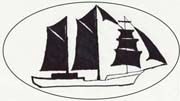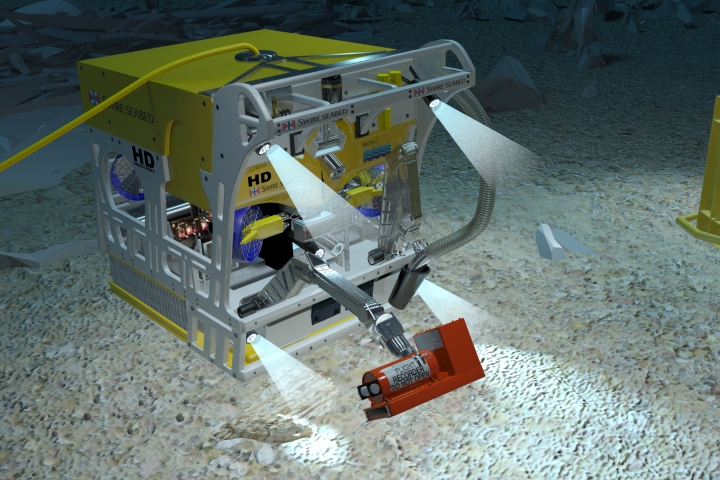
Three people died after an oil barge and the sidewheel PS Washington Irving collided in heavy fog on June 1, 1926. The largest riverboat passenger ferry at the time, the Washington Irving, ran the route between New York and Albany on the Hudson River starting in 1913. She was 414 feet long, 86 feet wide, had four decks and could accommodate 6,000 passengers.
The collision and subsequent sinking occurred not long after the Washington Irving left New York for Albany with 305 people aboard. The oil barge, which was being pushed by a tug, hit the massive steamer with such force that Washington Irving was left with a gaping hole on the starboard side just enough below the water line to let the engine rooms fill with water.
Passengers were immediately ordered to get into their life preservers as Captain David H. Deming sounded the ship’s whistle with the signal for fire. Chaos ensued as the fog obscured land and added to the sense of danger.
Other tugs helped Washington Irving limp toward Pier 12, which was under construction. But as she reached shore, she quickly sank right on top of the what is now known as the Holland Tunnel. She was subsequently removed and assessed for possible repairs but was later deemed a total loss. A post-sinking inquiry found that the accident happened due to changes in the tidal current.
Text source: Wikipedia under Creative Commons licence.
Photo credit: Wikipedia public domain image.
© Copyright Vince Capone 2013


